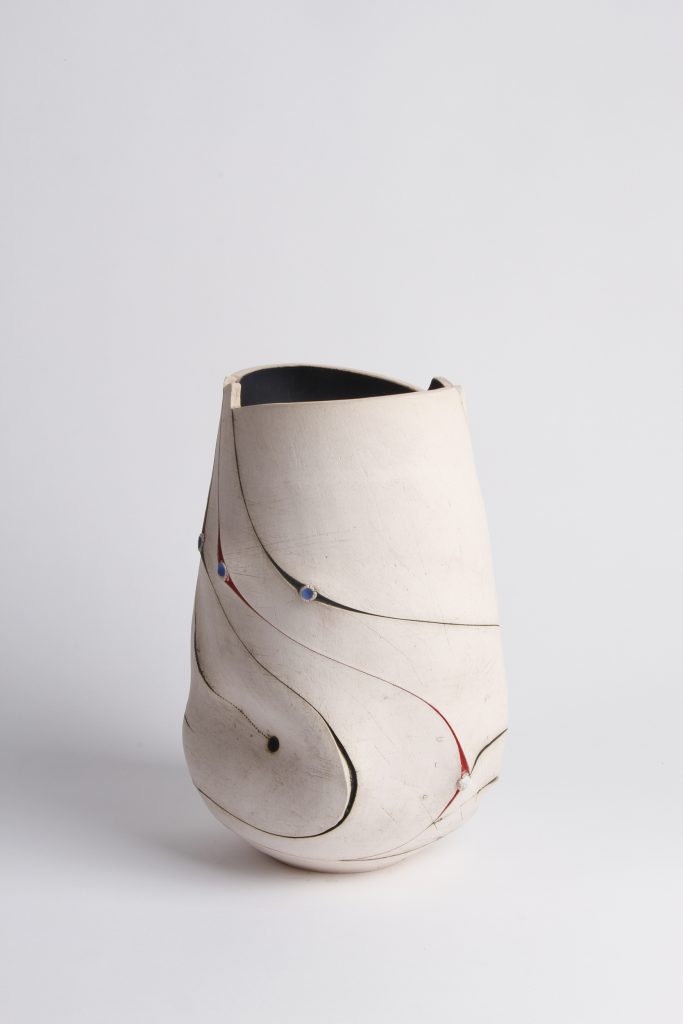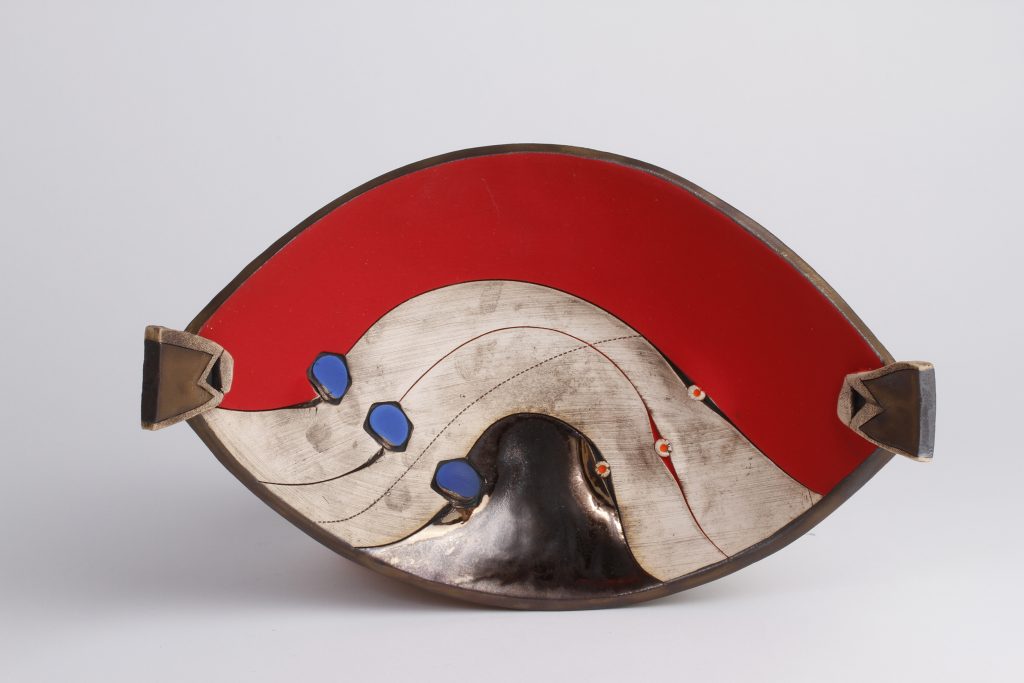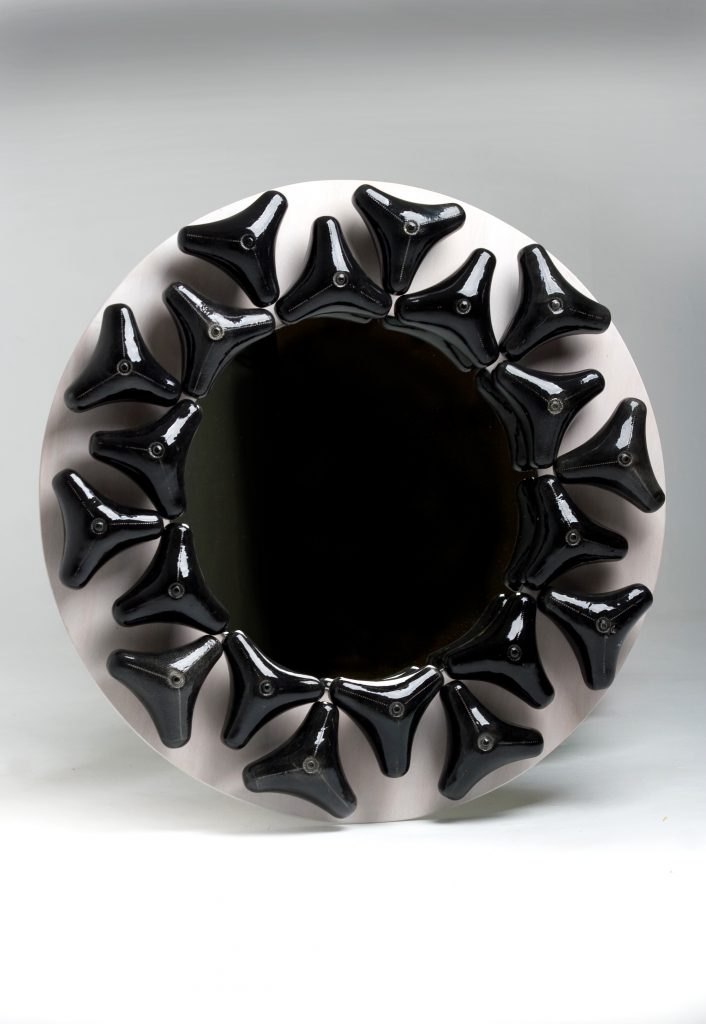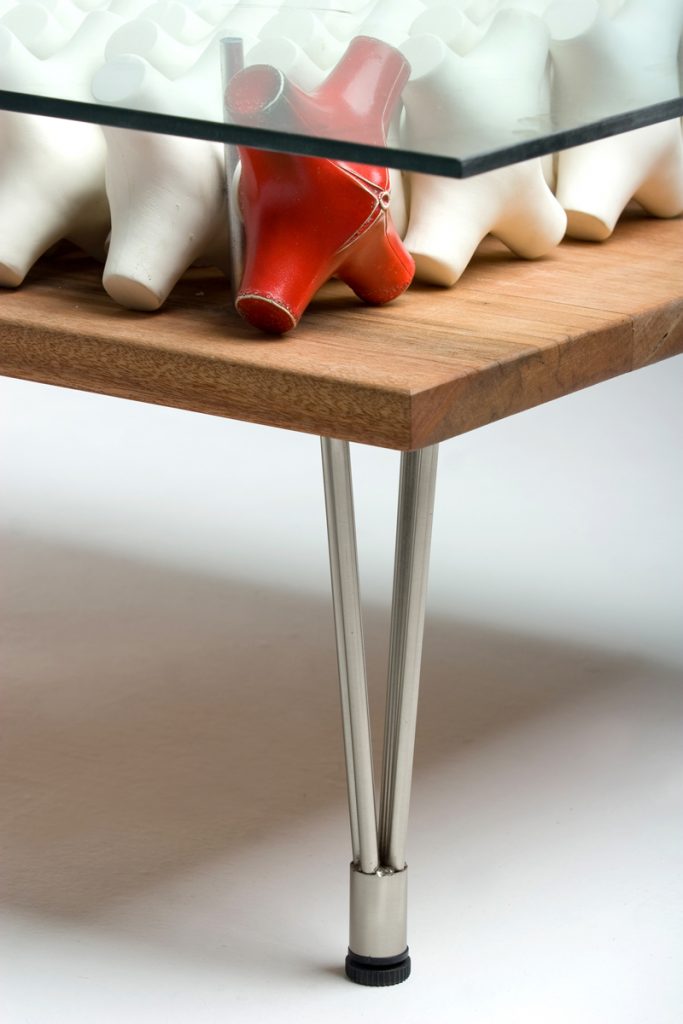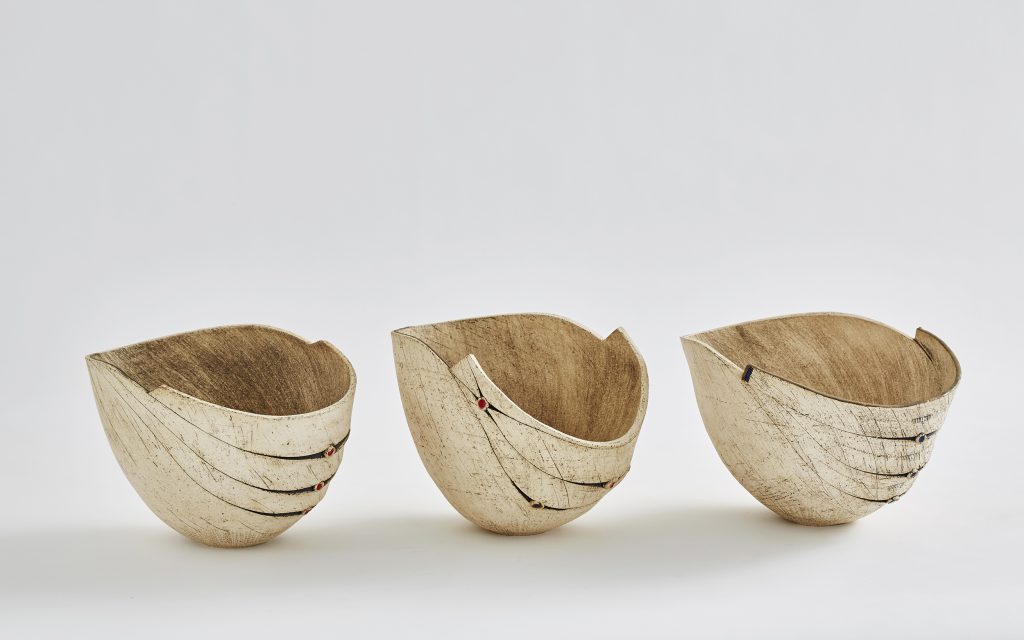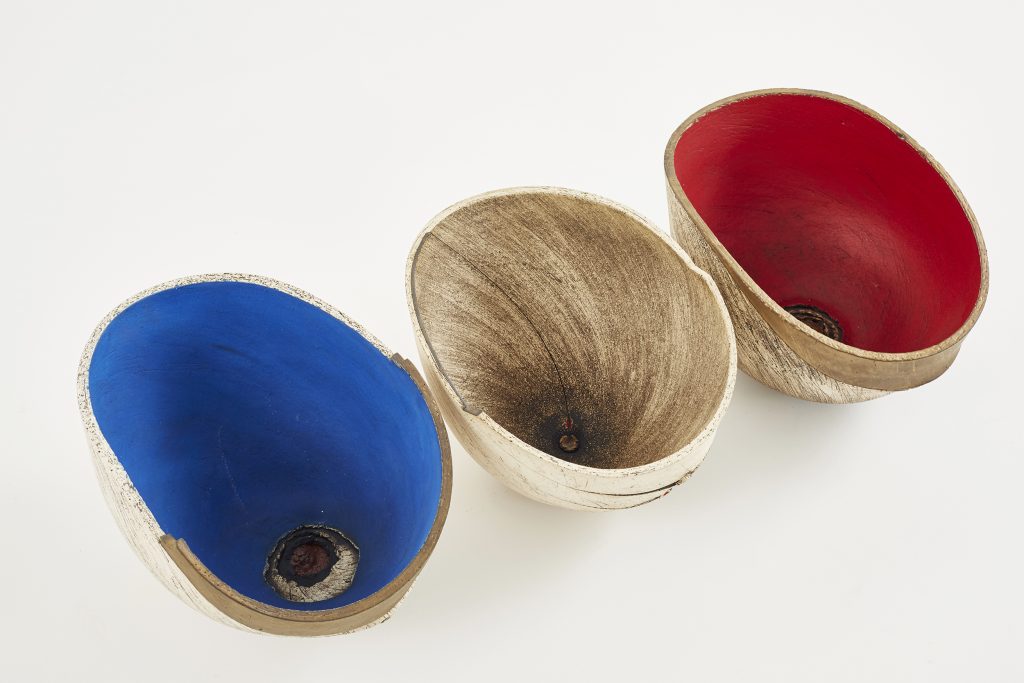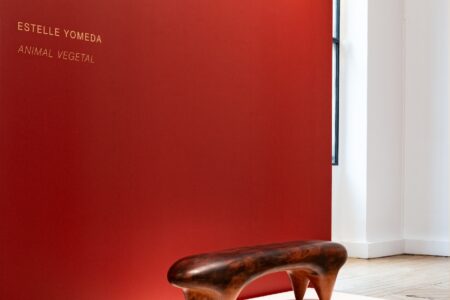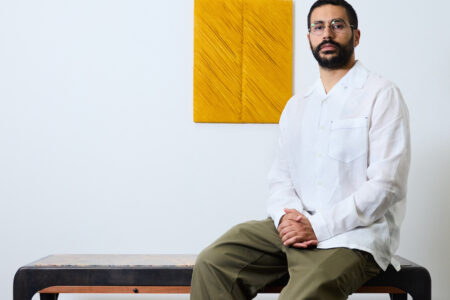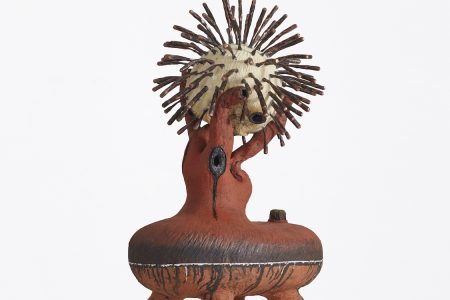
Andile Dyalvane – Innate Ceramics
South African ceramics artist Andile Dyalvane’s intuitive mastery stems from a lifelong fascination with the medium. First stumbling upon the viscous qualities of natural clay in the rural setting of his native Eastern Cape, the talent went on to become a leading figure of the Cape Town creative scene.
Co-founding the Imiso Ceramics studio, Andile Dyalvane continues to push the boundaries of material and application. Yet, he still draws influence from the specificity of his cultural heritage and the terrain in-which he grew up. The artist has had residencies in Denmark, France, Taiwan, and the United States. His work features prominently at New York’s Friedman Benda gallery.
TLmag: What first drew you to ceramics? What qualities of material and process were and are still so appealing to you?
Andile Dyalvane: As a child, I often played with natural river clay; found near my parent’s farm. What appealed to me then and still now, is the smell of fresh rain on dry ground. The feeling of freshly dug clay on my fingers is unmatched by synthetic alternatives.
TLmag: How would you define art, craft, and design within your own work? How do you experiment with different techniques and push new boundaries?
A.D.: Some pieces are challenging to construct and require highly bespoke and craft skills to achieve. The Furniture collection, I developed, challenges the proportional limitations of ceramics. As an artist, I infuse all of my work with narratives and spirituality. The Africasso collection employs imagery from folklore passed down to me by my grandmother. With a project like Camagu, I first considered what forms and techniques reflected my initial idea best and only after, how it could serve different functions.
TLmag: What is the concept behind Imiso Ceramics? How do you differentiate from work developed in this context versus work developed for galleries like Friedman Benda?
A.D.: The word Imiso derives from my language iXhosa and means “tomorrows.” We produce collectable, bespoke, hand made, decorative and distinctive artefacts. This allows me to experiment with and combine different materials–such as glass and wood fused with ceramics–and techniques that are then translated into functional standardized solutions for a growing client base.
